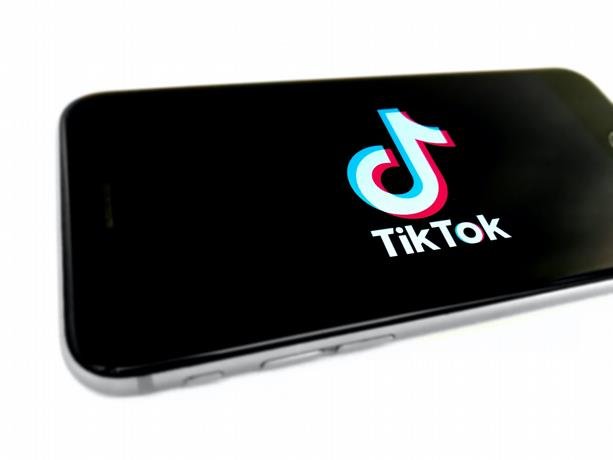The TikTok algorithm is designed so that users can spend time browsing the videos that appear in the recommendations, which is achieved by analyzing the additional data of their behavior and the time they devote to each video and the value of the creators. To create.
The user’s use of the TikTok app contributes data to the organization, such as writing options or comments, subtitles, sounds, and ‘hashtags’. But it depends on the time the user spends on each video.
Overall, all the metrics it receives from the user’s behavior in the application, that is, from what they do in it, help to show new content that suits their interests. However, these recommendations, based on the company’s internal documentation, end up in content that is harmful to the user, according to The New York Times report.
This document, as it explains, is certified by TikTok and is used by workers with limited technical knowledge to understand the functionality and mechanism of application. The company has already shared some of your keys on its website.
The ultimate goal of the algorithm is to increase the daily active user base, for which it improves two metrics: user ‘app’ (retention) and time spent on videos. Videos are categorized based on data such as preferences, comments or playing time.
Once the machine learning system has got all the data and done the corresponding equation, the videos with the highest score will be shown to the user. This system is designed to detect and suppress videos with ‘click byte’ type captions, and there is already a hook to attract the user.
The document also mentions the boring problem that appears when the user continues to watch similar videos, which can lead to discouragement of the application. “In this case, the total value created by the user watching identical videos is less than watching each video, which again leads to boredom,” he says, according to the aforementioned media. To avoid this, you can seek compelling suggestions to watch new videos.
On the other hand, the algorithm also prioritizes profitable videos. In particular, it takes into account the creator’s quality of the videos displayed in the ‘feed’ for you, depending on criteria such as output rate, retention achieved by the creator, and monetization.




:quality(85)/cloudfront-us-east-1.images.arcpublishing.com/infobae/2U5SH4WVXNCEBHMZCOX7OY3Y2A.jpg)
